Table of Contents
As the leaves change from vibrant greens to warm hues of red, orange, and yellow, and the air becomes crisp and cool, it’s evident that autumn has arrived. Fall is a season filled with visual delights, from pumpkin patches to apple orchards, and it provides the perfect backdrop for creative and engaging activities. One such activity that captures the essence of fall and offers hours of entertainment is coloring.
Coloring has long been a beloved pastime for children, and it’s not hard to see why. It allows kids to express themselves, practice fine motor skills, and engage in a calming and creative activity. With fall in full swing, what better way to celebrate the season than with a collection of 50 free fall coloring pages for kids? In this blog post, we’ll explore the beauty of autumn through these printable pages, share tips for making the most of coloring time, and provide an array of delightful designs that kids will love.
Download Free Kids Fall Coloring Pages
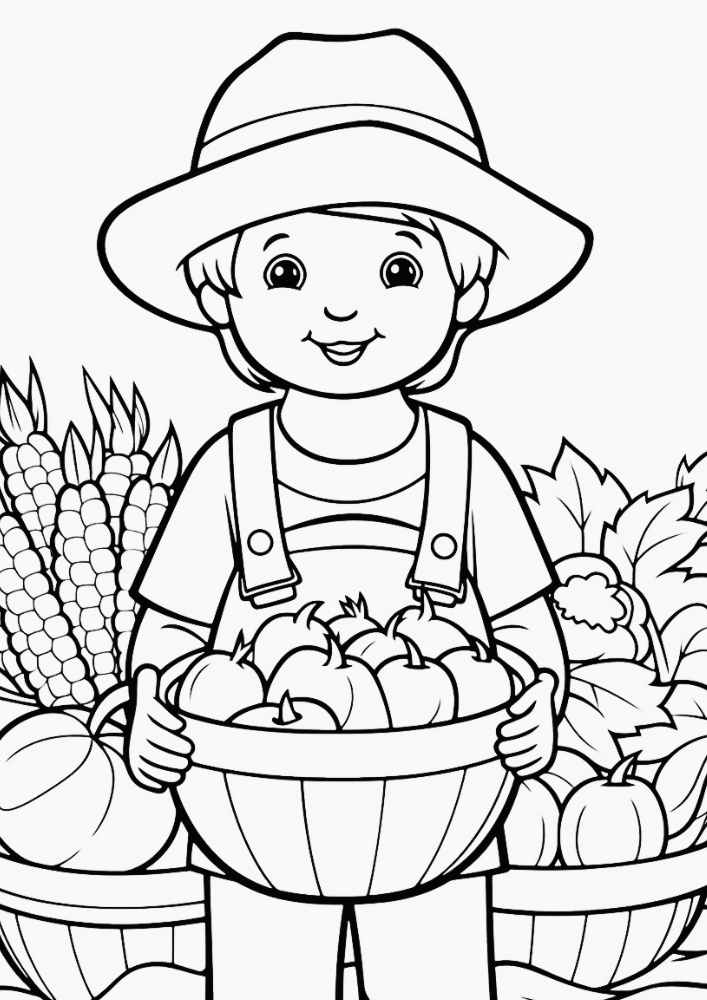
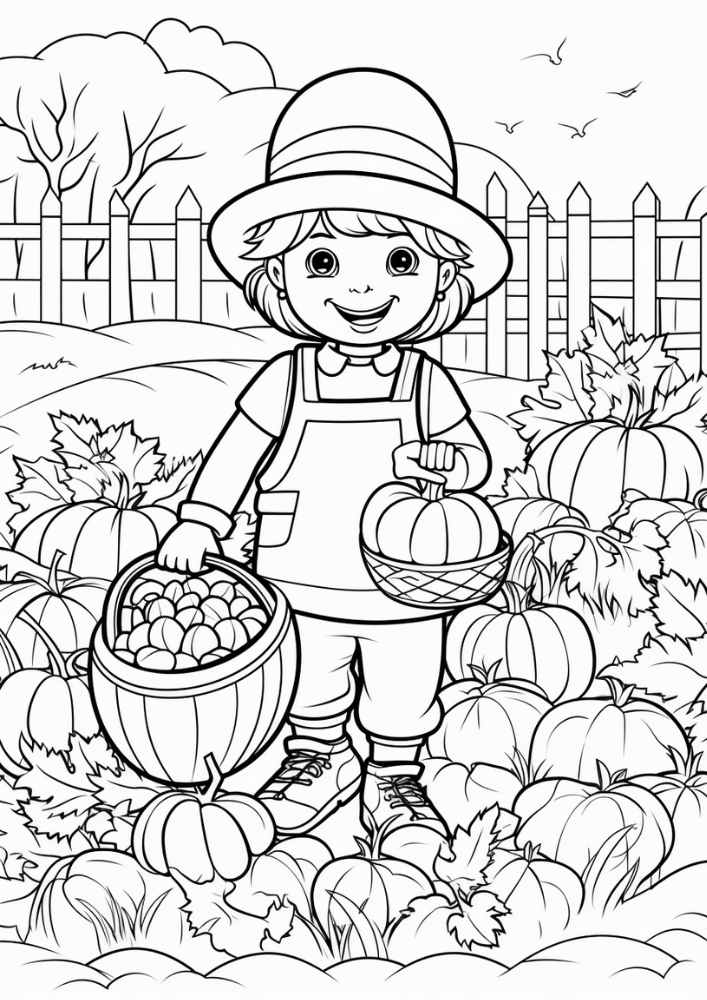
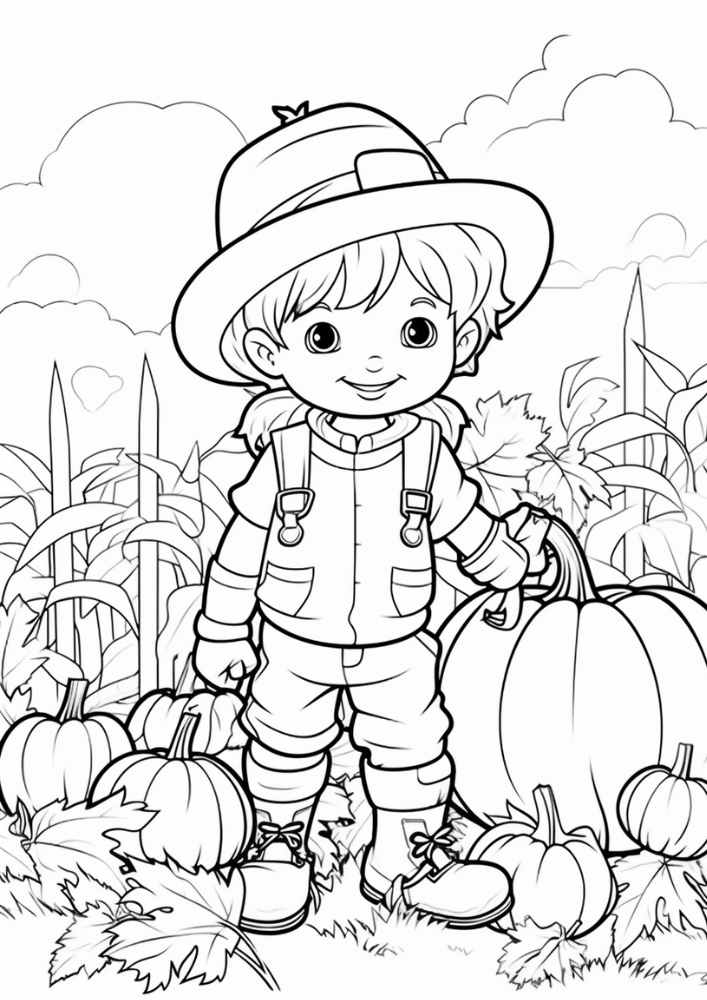
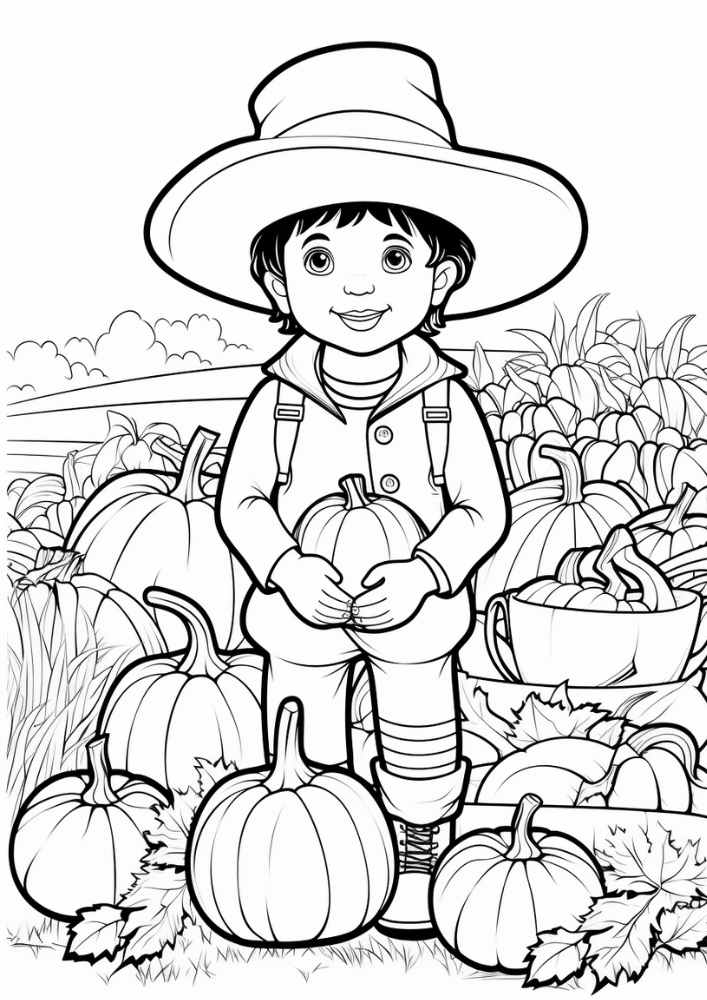
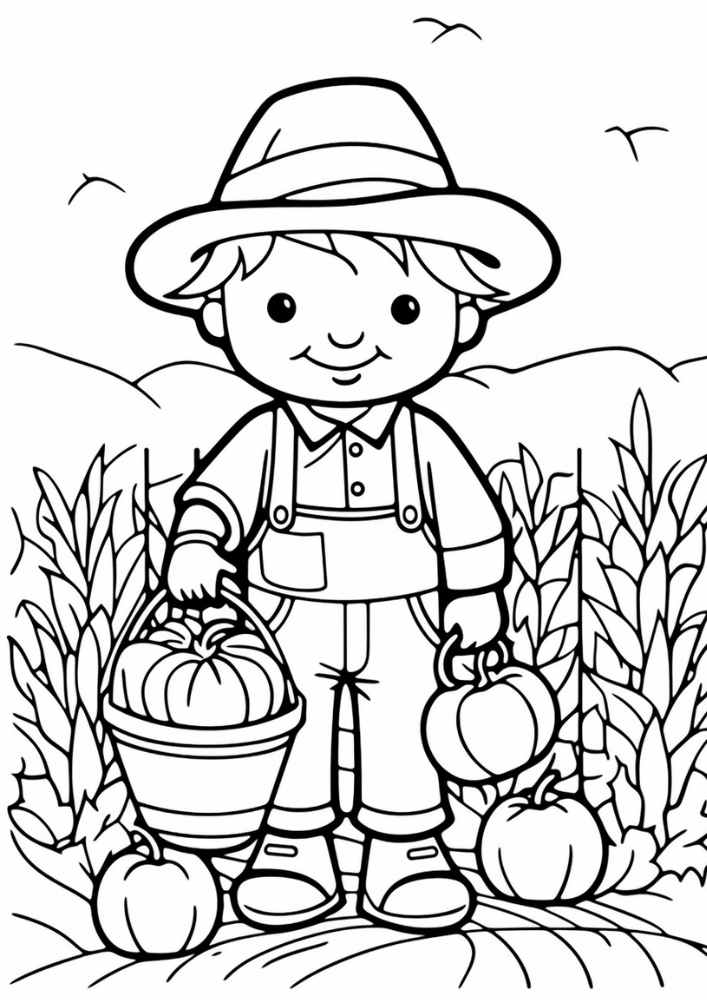

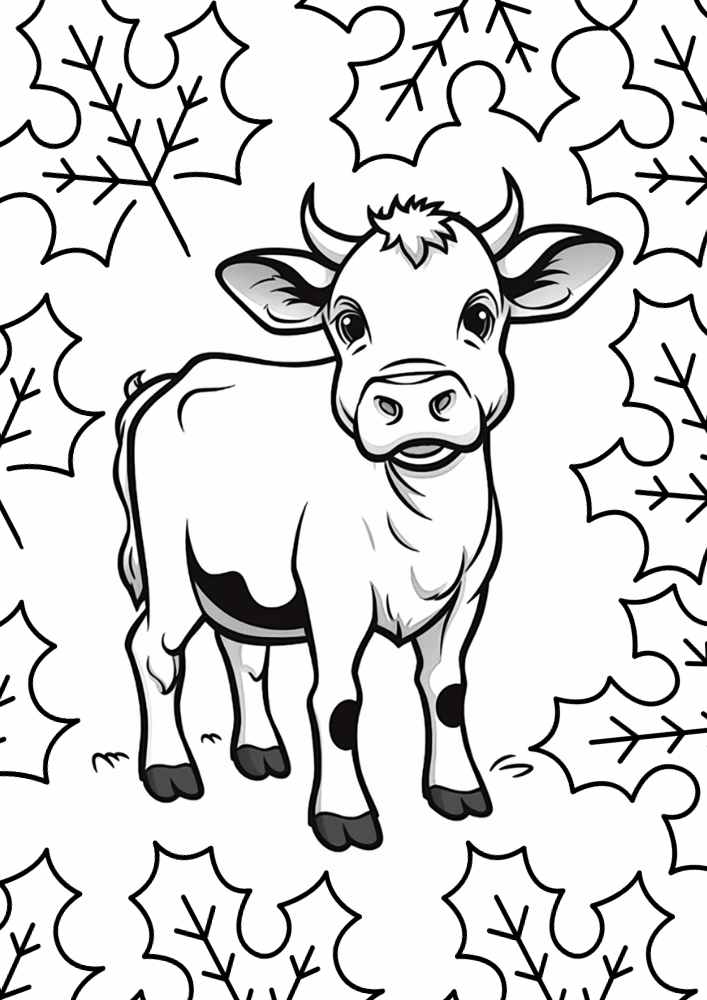
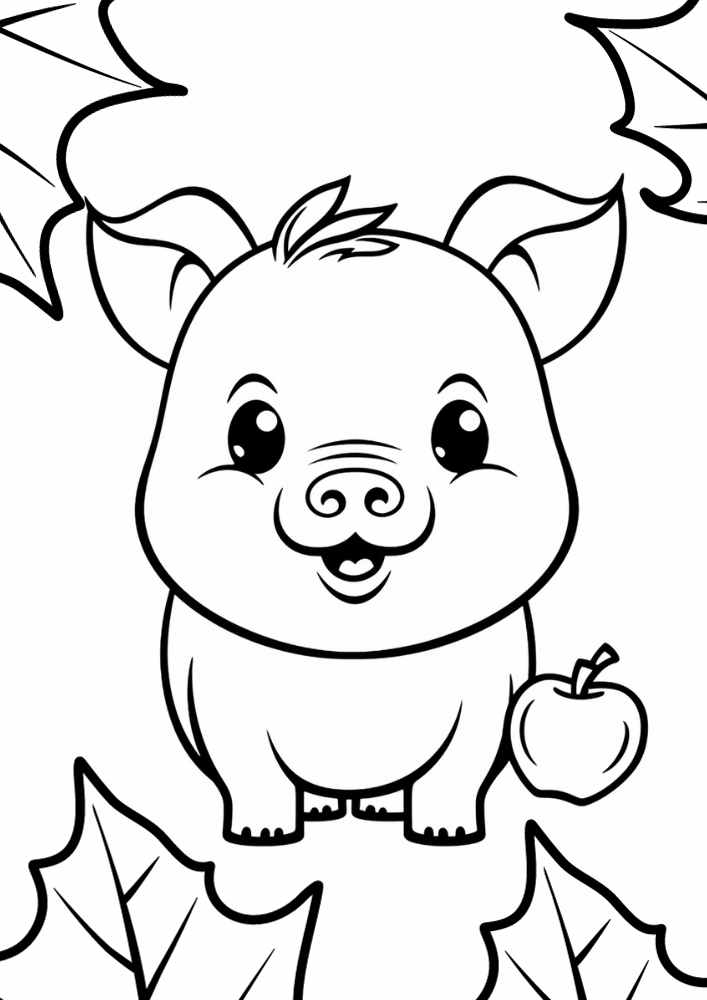


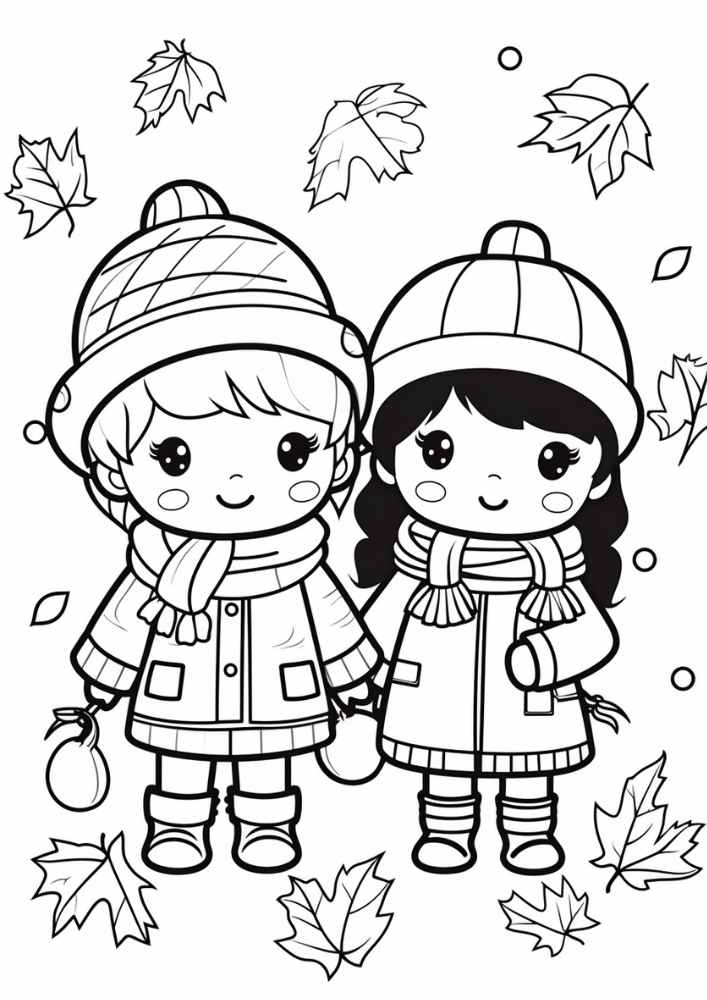


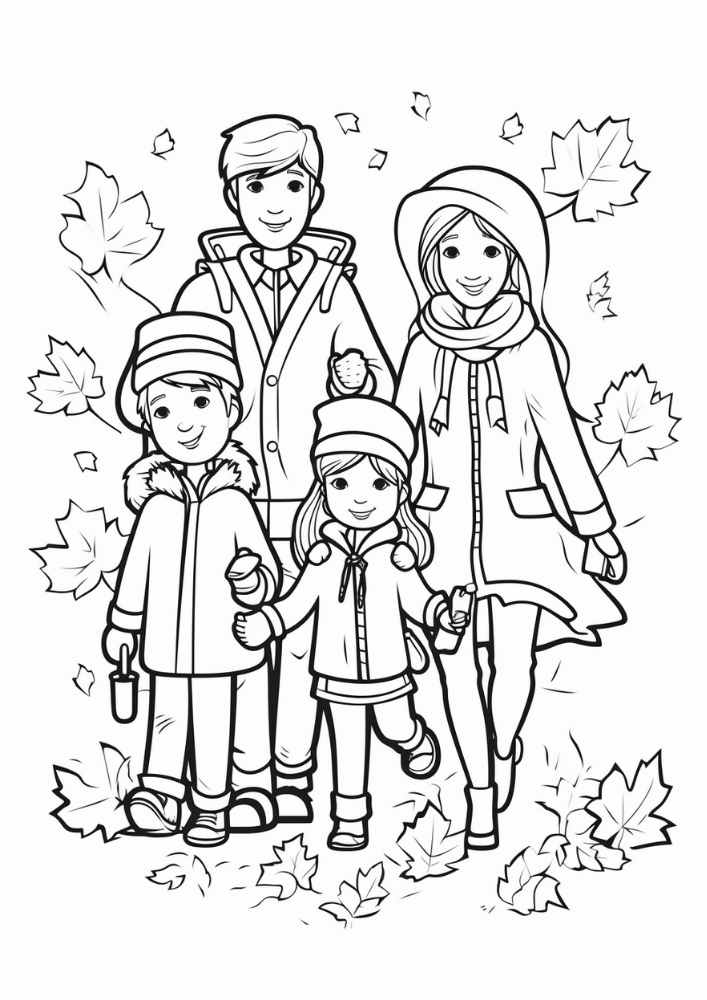


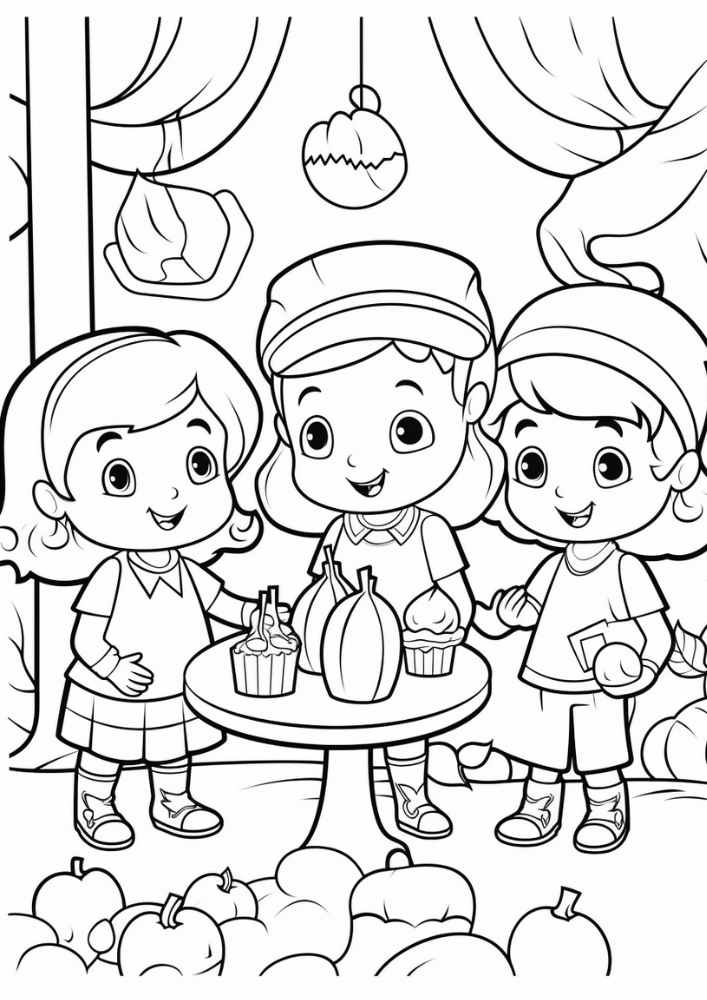



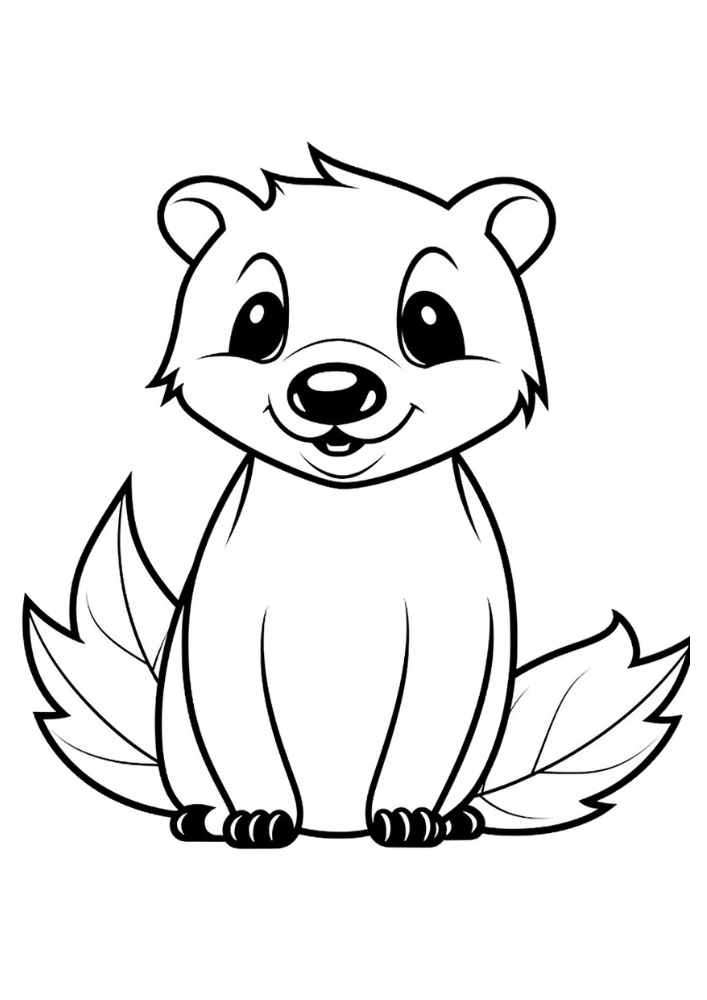
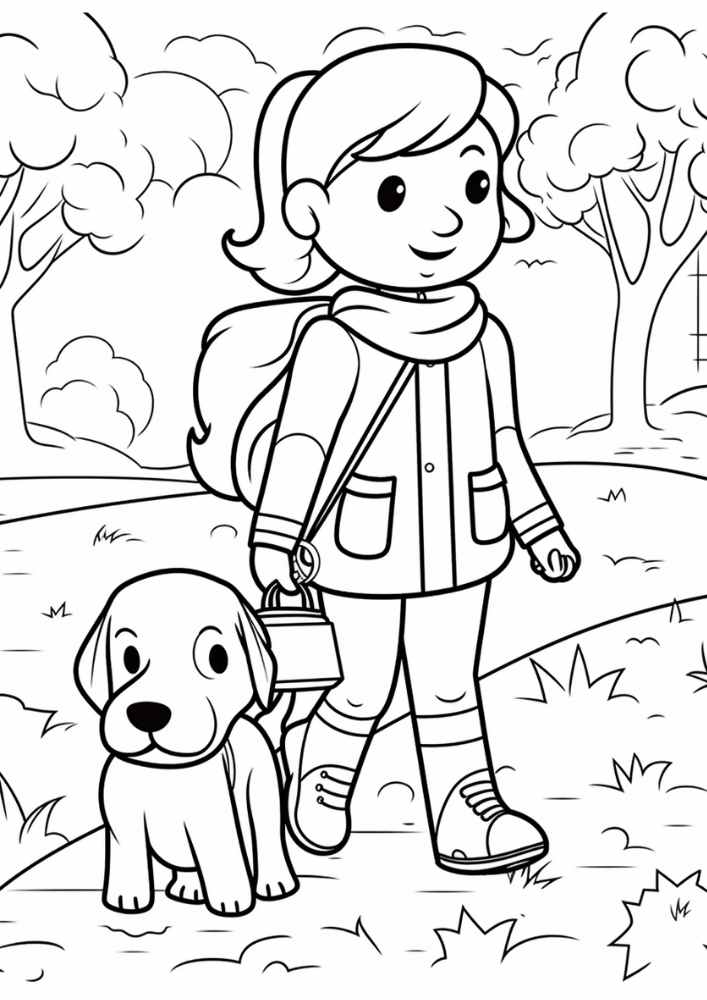



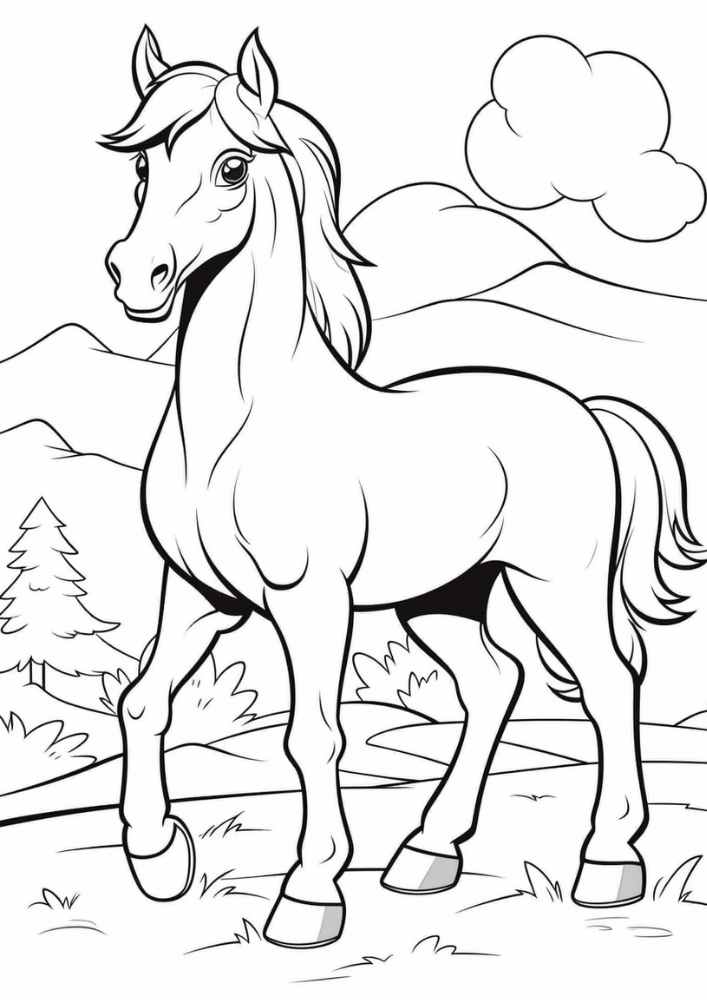
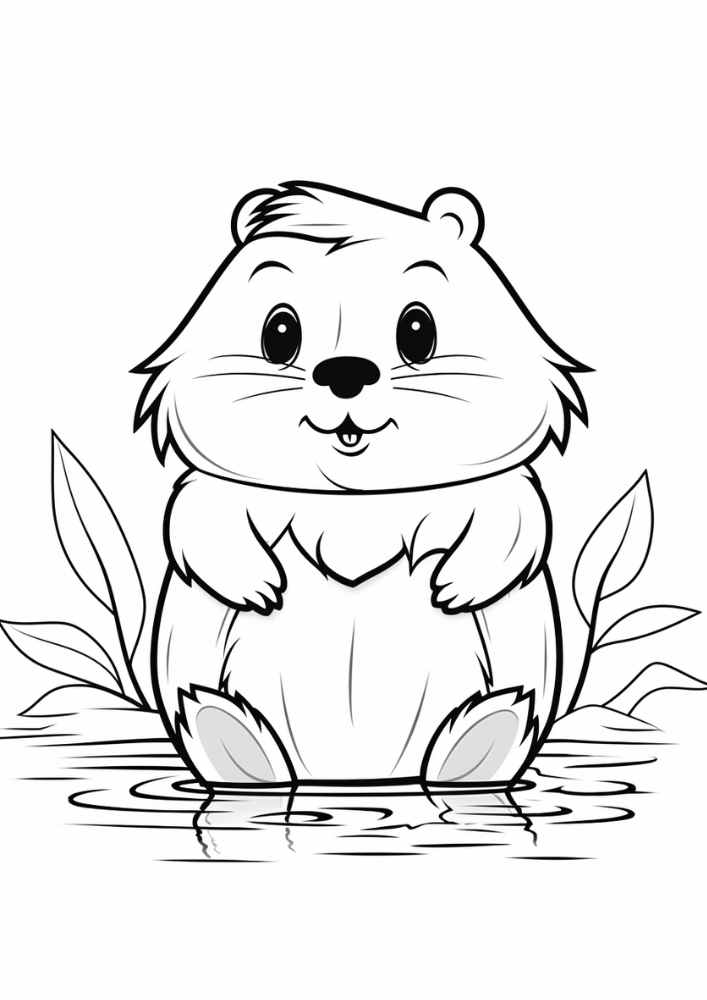
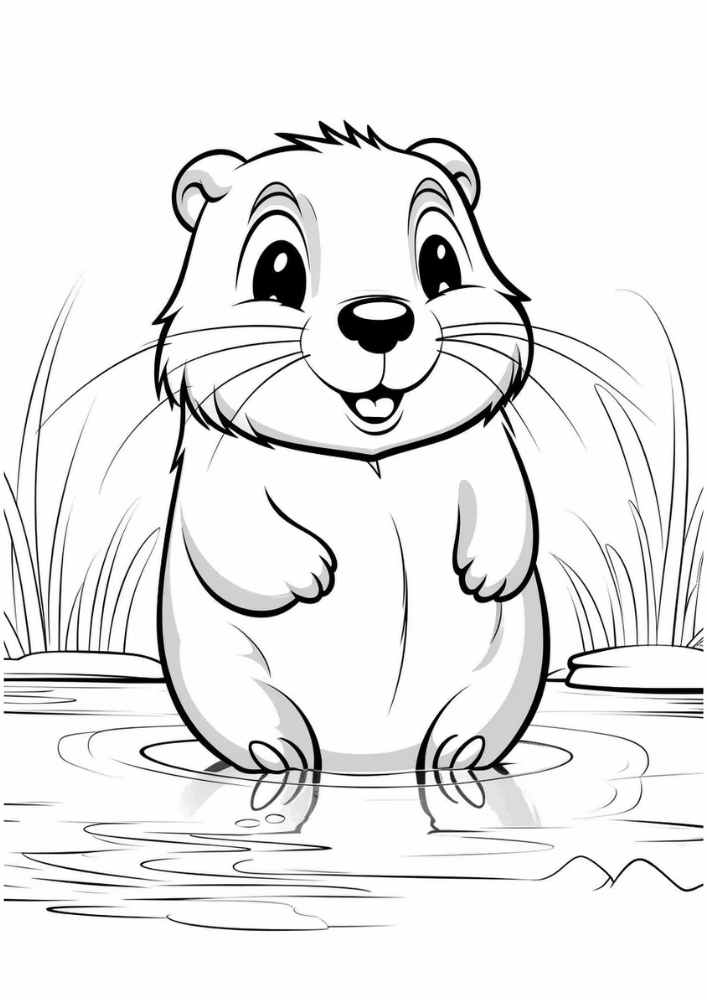

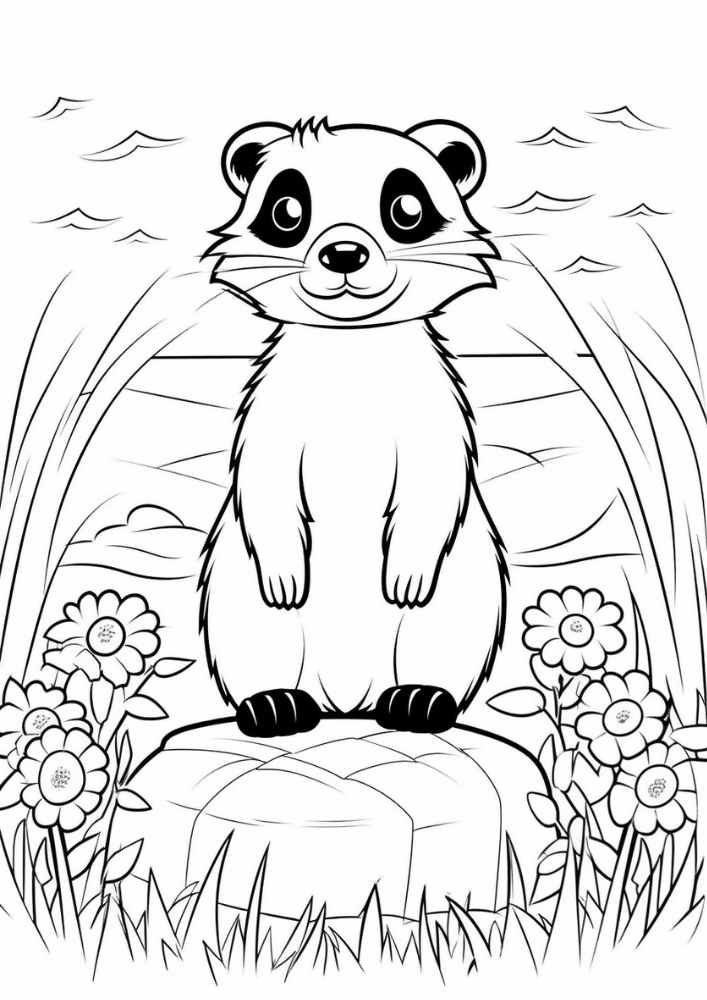

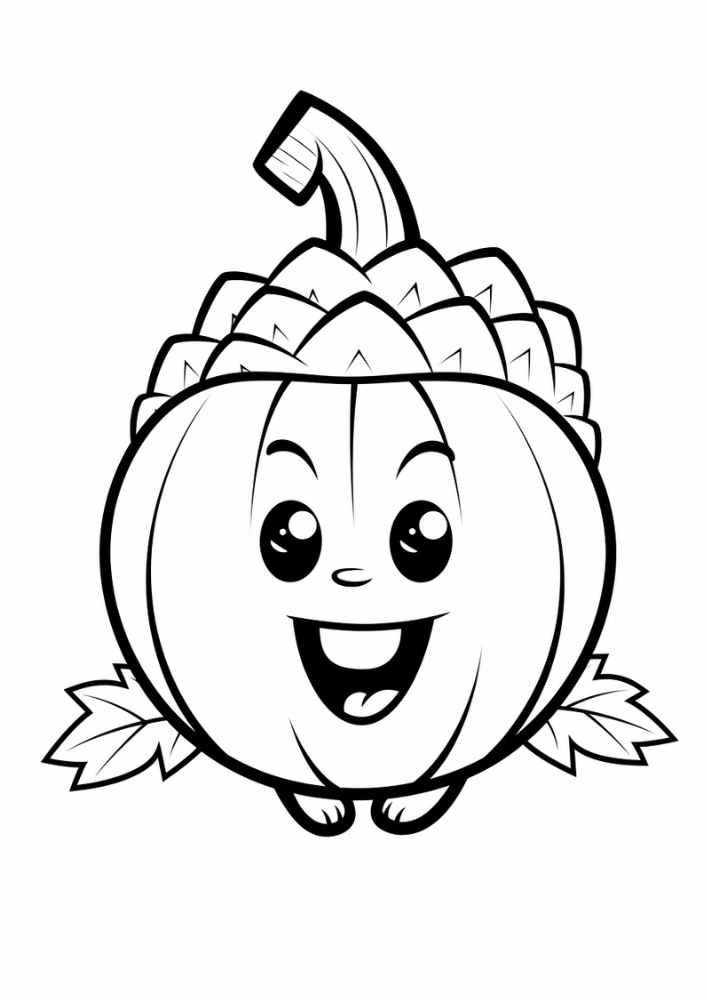

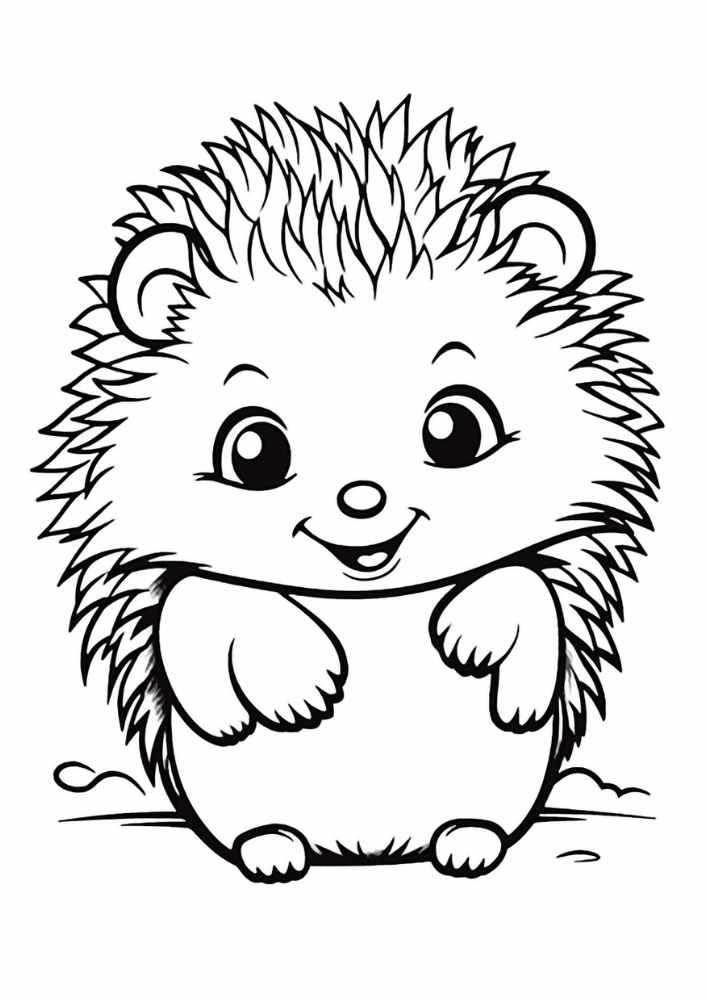
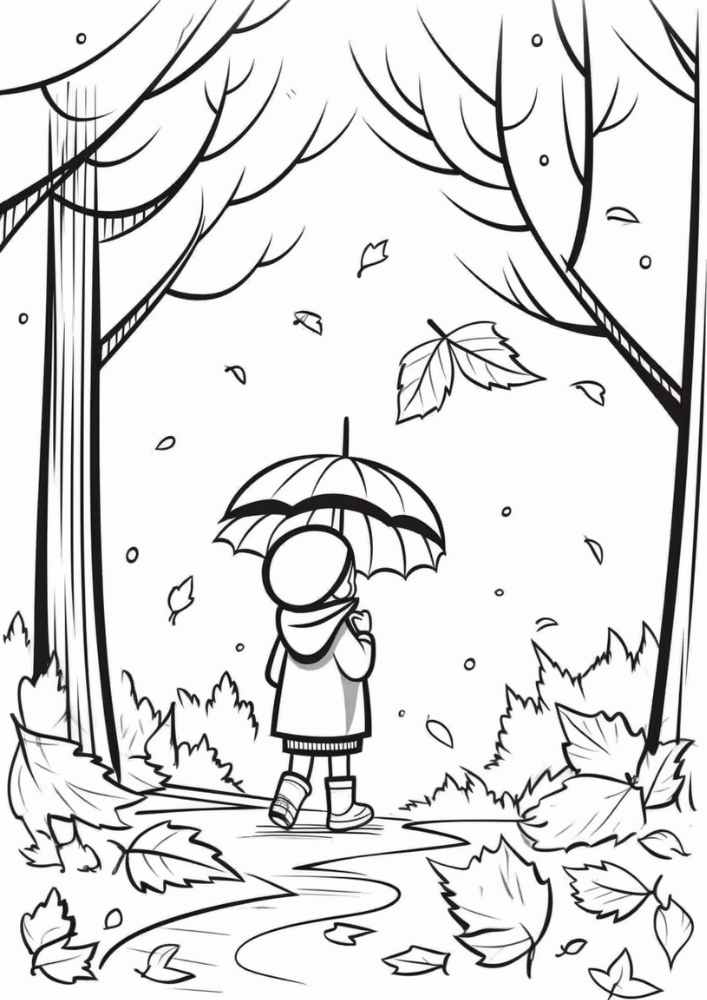

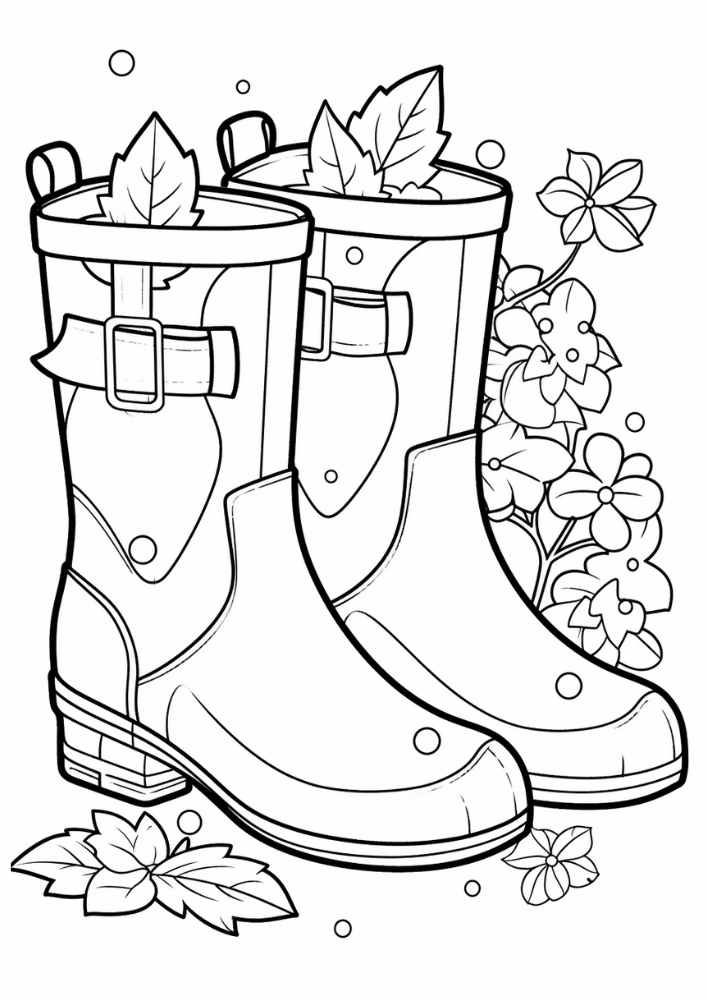
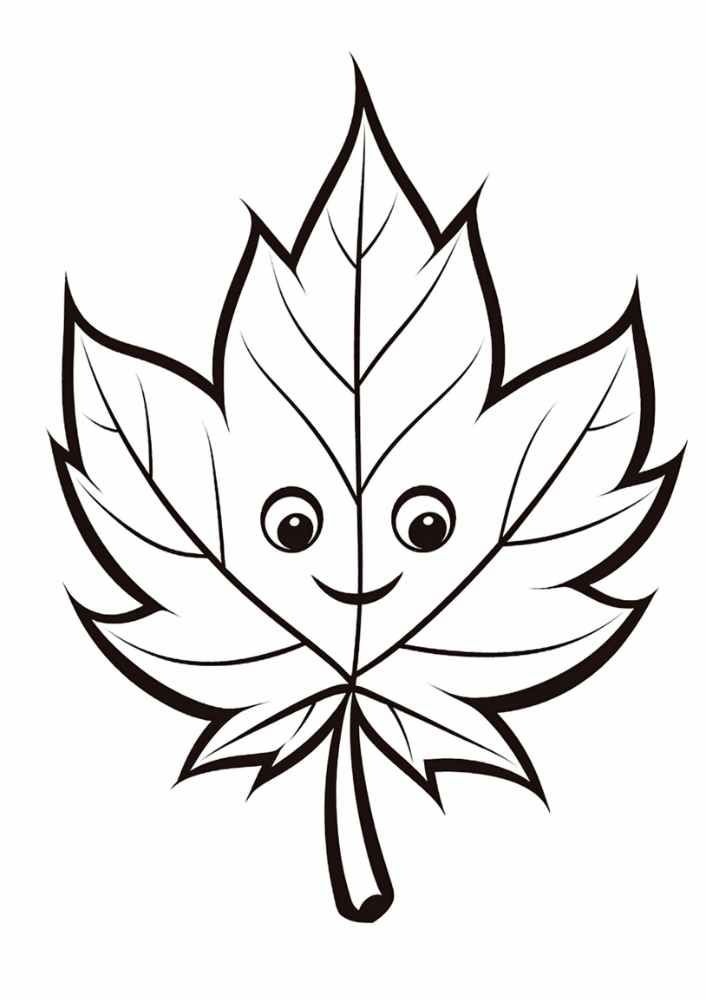
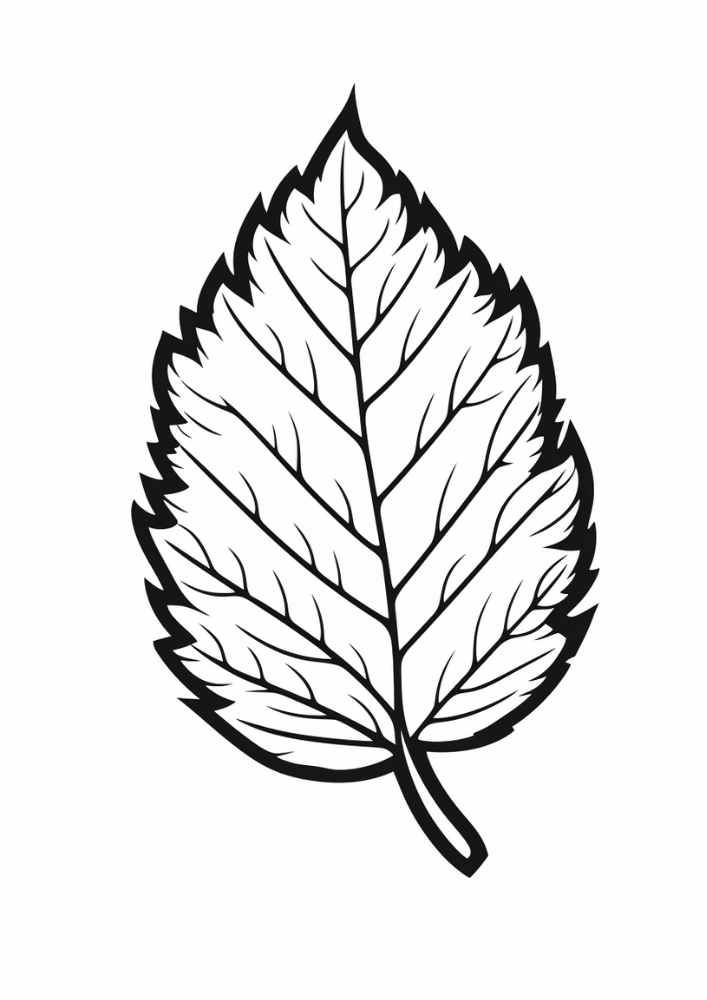
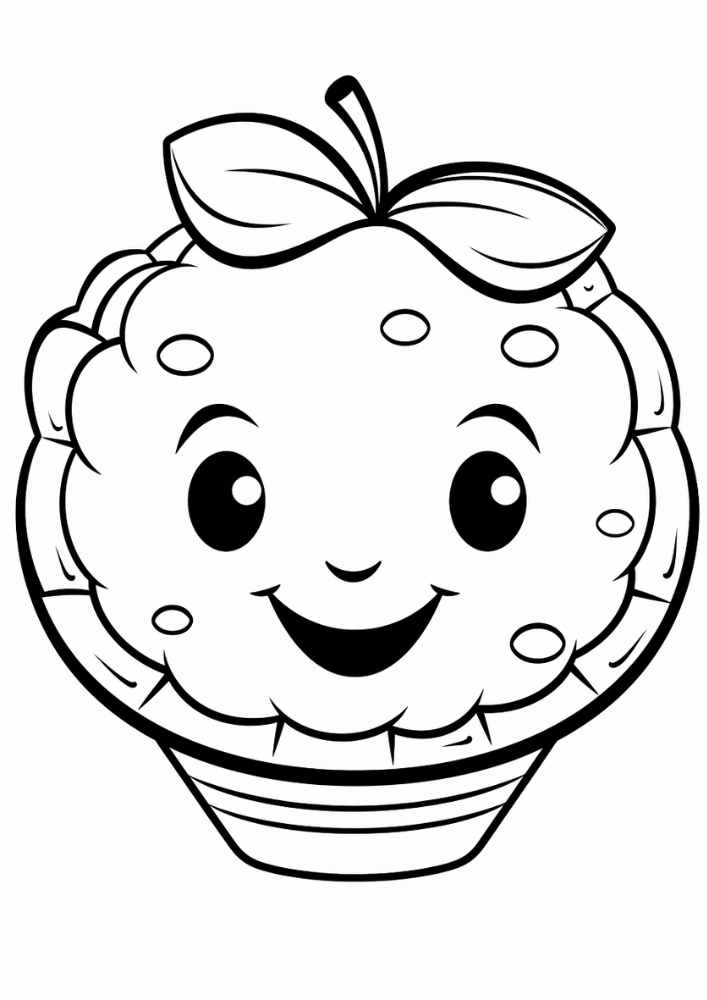


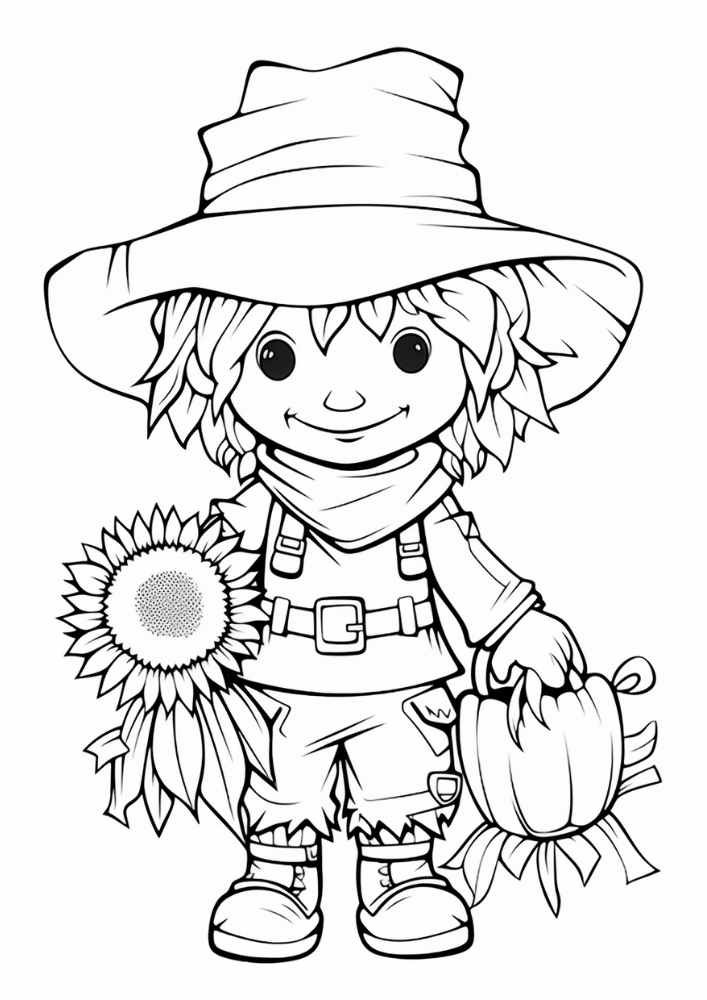

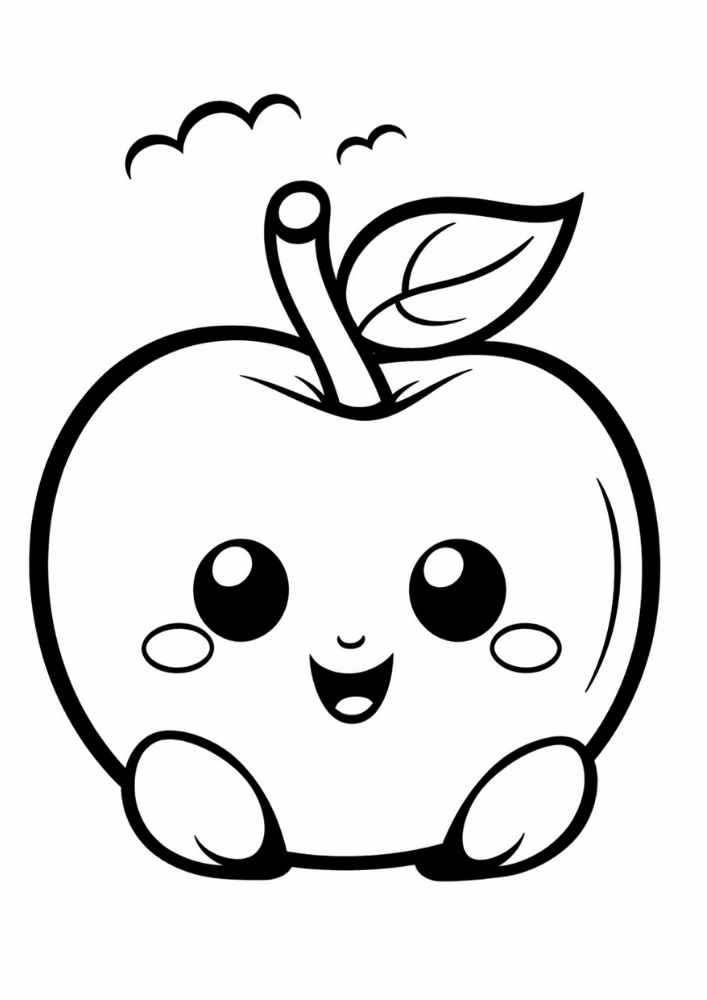
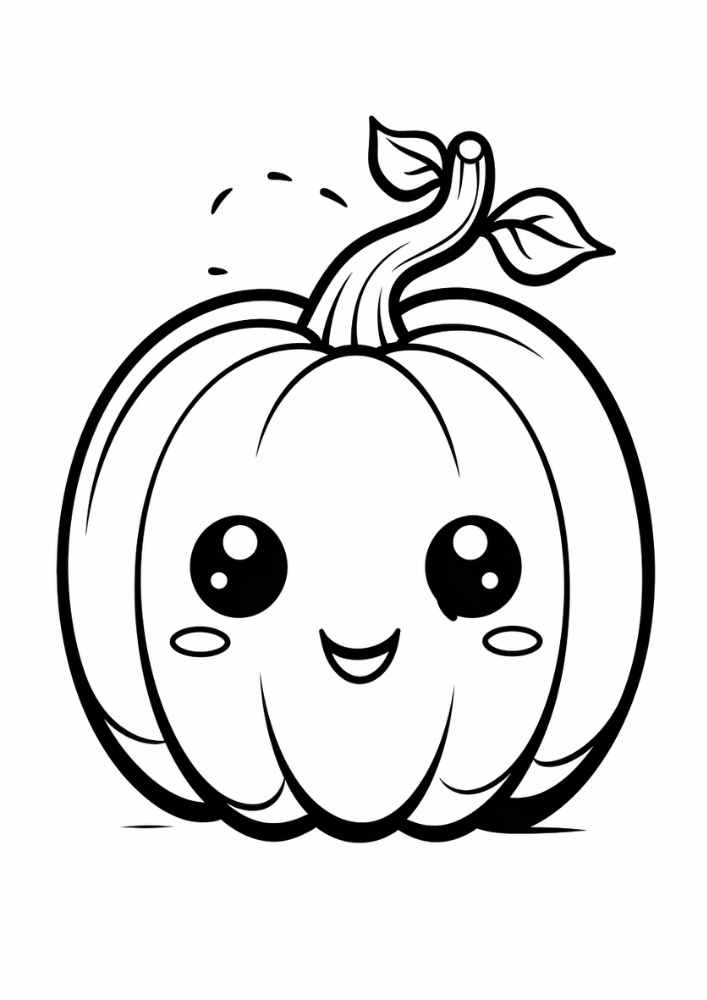
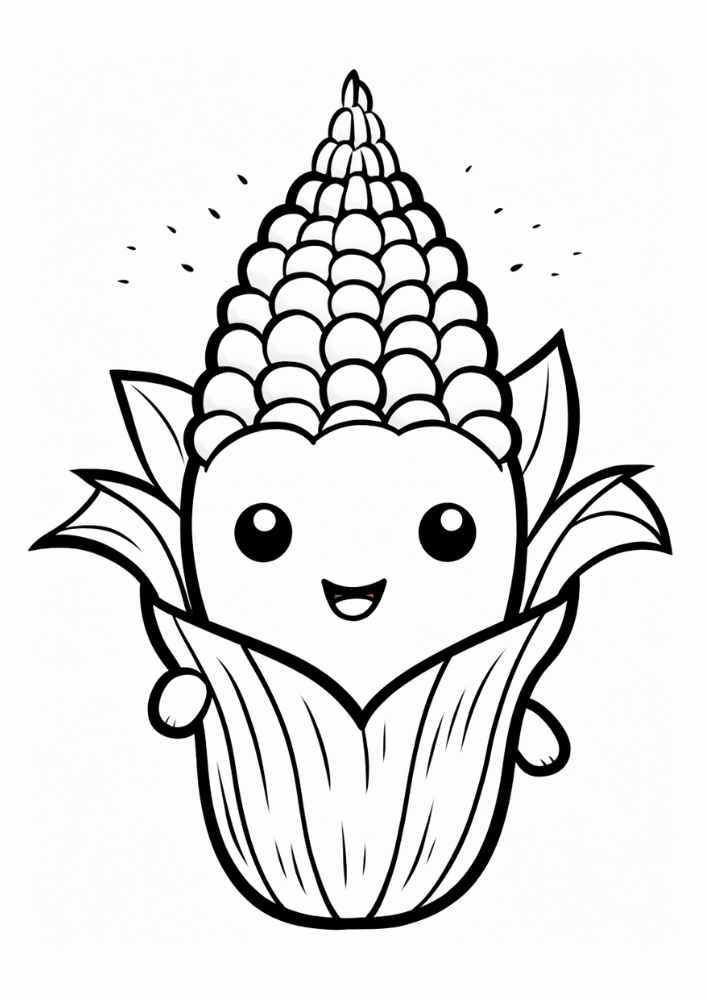


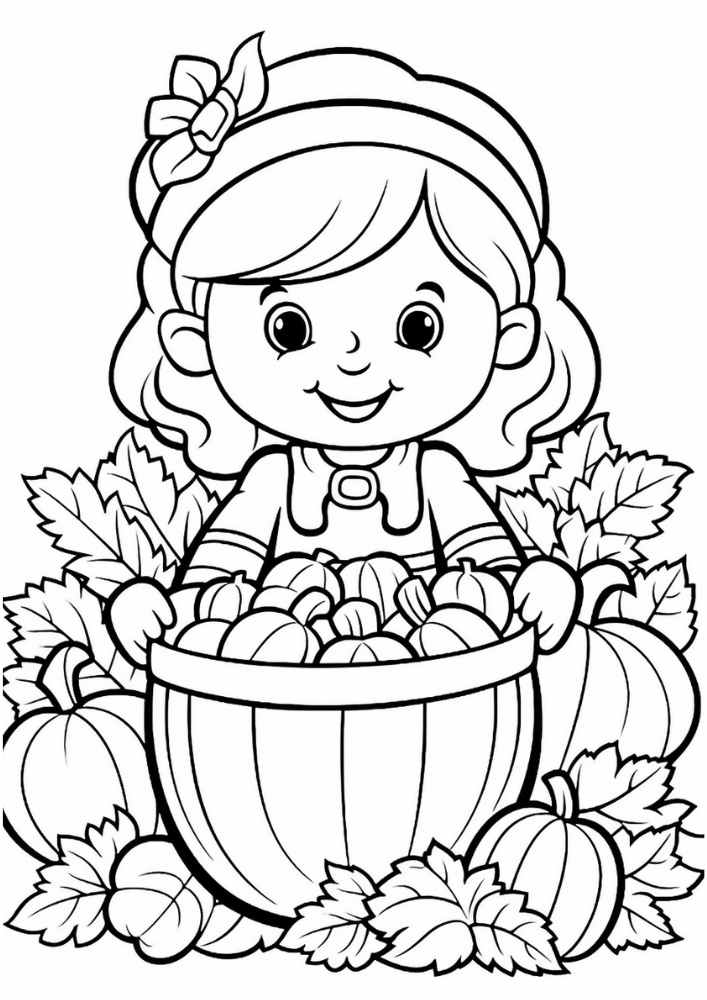
Fall Coloring Pages For Kids
The Beauty of Autumn in Coloring Pages
Autumn is a season that captures the hearts of many with its enchanting beauty. It’s a time of harvest, festivals, and nature’s grand finale before the chill of winter arrives. Fall coloring pages for kids offer a wonderful way to explore the season’s wonders through art and creativity.
*1. Fall Foliage: Let’s begin with one of the most iconic elements of fall – the changing leaves. Coloring pages featuring intricate leaf designs in various shapes and sizes are a perfect way to capture the magic of nature’s transformation.
*2. Pumpkin Picking: What’s autumn without a trip to the pumpkin patch? Kids can color pages filled with pumpkin varieties, from small decorative gourds to large jack-o’-lanterns.
*3. Apple Orchard: Apple picking is another cherished fall tradition. These coloring pages depict kids plucking apples from trees, filling baskets, and even savoring caramel apples.
*4. Halloween Fun: Fall wouldn’t be complete without Halloween. Kids can get in the spirit by coloring pages of spooky ghosts, haunted houses, friendly witches, and, of course, trick-or-treaters.
*5. Harvest Time: The season is a time for harvest, and coloring pages featuring ripe corn, bountiful crops, and a festive cornucopia showcase the abundance of autumn.
*6. Autumn Animals: Squirrels busily gather acorns, owls perch in the trees, and foxes hide among fallen leaves. These coloring pages feature the critters that come alive in the fall.
Coloring Tips for Kids
Before diving into the array of fall coloring pages, let’s share some coloring tips to ensure kids make the most of their creative time:
1. Color Choice: Embrace the Vibrant Palette of Fall
When it comes to coloring during the fall season, kids have the opportunity to immerse themselves in the rich and captivating palette of autumn. Encouraging them to use a diverse range of colors helps capture the essence of this colorful season. Here are some tips to guide kids in their color choices and bring their fall-themed coloring pages to life:
Embrace Warm Reds, Oranges, Yellows, and Browns: Autumn is synonymous with warm and earthy tones. Encourage kids to use these hues generously in their coloring. From fiery reds reminiscent of falling leaves to the deep oranges resembling pumpkins, these colors embody the spirit of the season. Yellows can evoke the feeling of a gentle autumn sun, while browns mimic the earthy tones of the fallen leaves and bark on trees.
Vivid Reds: The striking reds of fall foliage can be especially captivating. Encourage kids to select various shades of red, from fiery crimson to mellow maroon, to infuse life into leaves and trees.
Luminous Oranges: The vibrant oranges of pumpkins, autumn sunsets, and cozy campfires should be prominently featured. Kids can experiment with lighter and darker shades of orange to create depth and warmth in their drawings.
Sun-Kissed Yellows: Yellow is the color of sunshine, and fall brings a unique quality of light. Yellow leaves, sunflowers, and cornfields are hallmark symbols of this season. Kids can use yellow generously to convey the radiant beauty of autumn.
Earthy Browns: Browns are essential for grounding fall scenes. They can depict tree trunks, fallen leaves, and the cozy earthiness of the season. Kids can use lighter browns for leaves, darker browns for tree trunks, and everything in between to give their coloring pages depth and dimension.
A Touch of Green: While fall is a season of transformation, remnants of summer’s green can still be found. Encourage kids to add a touch of green to their coloring pages, particularly in the background or on trees that have yet to shed their leaves. This subtle hint of green can symbolize the transition from summer to autumn.
Experiment with Blending: Blending colors can be a fun and educational activity. Kids can blend different shades of red, orange, and yellow to create gradients in their artwork. This technique adds depth and visual interest to their coloring pages, making them more vibrant and lifelike.
Add Shading: Shading with colored pencils or markers can help create a three-dimensional effect. Kids can experiment with shading techniques to make their drawings pop. For example, they can add shading to one side of a leaf to make it appear as if it has depth and is catching the light.
By encouraging kids to embrace the autumnal palette and experiment with colors, they’ll not only create beautiful coloring pages but also develop their artistic skills. They’ll gain an appreciation for the changing seasons and learn to express the magic of fall through their creative endeavors.
2. Fine Motor Skills: Coloring helps develop fine motor skills. Kids can improve their grip and precision by using crayons, colored pencils, or markers.
3. Stay Inside the Lines: While it’s important to allow for creativity, coloring within the lines can be a valuable skill for young artists. It teaches attention to detail and patience.
4. Explore Textures: Adding Depth and Realism to Your Fall Creations
Creating texture in coloring pages is like adding a secret ingredient to a recipe; it makes the final product stand out and come to life. For kids, this means making their fall-themed coloring pages more realistic and visually engaging. Encouraging them to experiment with various techniques to create texture can be a fun and educational endeavor. Here are some tips to guide kids in exploring textures in their coloring:
Light and Heavy Strokes: One of the simplest yet most effective ways to create texture is through the pressure applied while coloring. Encourage kids to try both light and heavy strokes. Light strokes result in a smoother, softer appearance, while heavy strokes make the colors appear bolder and more textured. For instance, when coloring leaves, light strokes can mimic their delicate surface, while heavy strokes can capture the veiny and textured nature of many leaves.
Cross-Hatching: This technique involves drawing a series of parallel lines and then adding more lines in a different direction to create a mesh-like pattern. Cross-hatching can be particularly useful when shading or adding depth to objects. For example, kids can use this technique to create texture on tree trunks or the ground.
Stippling: Stippling is the process of adding tiny dots to an area. When these dots are close together, they create a darker and more textured appearance. Stippling can be ideal for creating rough textures, such as the surface of a pumpkin or the bark of a tree.
Blending Techniques: While blending was discussed in the previous section on color choice, it’s worth noting its relevance to texture as well. Blending colors, especially using colored pencils, can create a smooth and gradient-like appearance. It’s particularly effective when transitioning from one color to another, such as creating a smooth gradation from the light orange of a pumpkin to its darker areas.
Layering Colors: Encourage kids to layer colors on top of each other to achieve depth and texture. For example, when coloring a pile of leaves, they can use different shades of red, orange, and yellow. Starting with one color as a base, they can add layers of other colors on top, adjusting the pressure to create varying textures within the pile.
Emulate Real Surfaces: Teach kids to think about the surfaces they’re coloring and to match their technique to the subject. For instance, when coloring a tree, use lighter strokes for the bark, heavier strokes for the leaves, and stippling for the ground to represent fallen leaves.
Consider the Light Source: Understanding the direction of the light source can help kids add texture to their coloring. For instance, if the light source is coming from the left, they can shade the left side of an object to create a sense of depth and texture. This technique can be particularly useful for creating realistic three-dimensional effects.
Textures in Nature: Introduce kids to different textures found in nature during the fall season. Take a walk in the woods and explore the roughness of tree bark, the softness of fallen leaves, and the bumpy surface of pumpkins. Encourage them to replicate these textures in their coloring pages.
5. Use Real References: A Lesson in Artistic Accuracy
Artistic accuracy is a fundamental skill that can greatly enhance a child’s coloring abilities. Introducing kids to the concept of using real references, such as photos or actual objects, can help them develop a more precise understanding of shapes, colors, and details. This approach not only fosters better artistic skills but also encourages kids to observe the world around them more keenly. Here’s how to guide kids in using real references in their coloring activities:
1. The Value of Real References:
- Begin by explaining to kids why real references are valuable. Share that these references serve as guides to help them understand how objects or animals appear in real life. By observing and referencing actual pictures or objects, they can make their coloring pages look more realistic.
2. Selecting the Reference:
- When starting a coloring project, choose a reference that matches the object or scene being colored. For example, if they are coloring a pumpkin, show them a photo of a real pumpkin. Similarly, if they’re coloring a squirrel, a reference image of a squirrel can be helpful.
3. Observation and Comparison:
- Encourage kids to take a moment to carefully observe the reference image. Ask them to note the shapes, colors, and patterns they see. For instance, if they are coloring a tree, what are the patterns of the bark, and what shades of brown or gray can they identify?
4. Mimicking Colors:
- If possible, encourage kids to match the colors they see in the reference. This is particularly useful when coloring objects found in nature, such as leaves or animals. They can learn to replicate the unique hues and tones they observe in real life.
5. Attention to Detail:
- Stress the importance of paying attention to details. If they’re coloring a bird, ask them to focus on the bird’s beak, feathers, and eye. Encourage them to notice the subtle differences in shading and texture.
6. Practice Patience:
- Coloring with a reference can be a more intricate and time-consuming process, but it’s a valuable exercise in patience and attention to detail. Remind kids that the extra effort will result in a more realistic and satisfying outcome.
7. Apply Their Observations:
- As they color, prompt kids to apply what they’ve observed. If they’ve noticed the vibrant orange hues of a pumpkin, they can replicate those colors. Similarly, if they’ve observed the patterns of a bird’s feathers, they can mimic those patterns in their coloring.
8. Compare and Reflect:
- After completing a coloring page using a reference, engage in a reflective exercise. Compare the finished artwork with the reference and discuss what they’ve learned. Ask questions such as, “What was challenging about this process? What did you find interesting?”
9. Encourage Creativity:
- While real references are essential for achieving accuracy, remind kids that their creativity is equally important. They can add their unique touches, choose their color variations, and interpret the reference in their own style.
6. Mix Media: For added dimension, kids can use watercolors for a watercolor effect, colored pencils for fine details, and markers for bold lines.
Frequently Asked Questions (FAQs)
Are these kids Fall coloring sheets suitable for all age groups?
Absolutely! These coloring pages are designed to cater to a wide range of age groups, making them suitable for both younger and older children.
Can I use these printable fall coloring sheets for kids for educational purposes?
Certainly! These coloring pages can be a great educational tool, helping children learn about various aspects of fall, including nature, farming, and holidays.
Do I need any special materials to start coloring these free Fall kids coloring pages?
All you need are some coloring materials like crayons, colored pencils, or markers, and you’re ready to bring these fall scenes to life!
Are these children fall coloring pages free to use?
Yes, these coloring pages are completely free for your enjoyment. Download and print as many as you like to keep the creative autumn fun going!
And there you have it, 50 fantastic fall coloring pages to spark your child’s creativity and make this autumn season truly unforgettable. Enjoy the colorful journey!
30 Free Halloween Kids Coloring Pages to Celebrate The Spooky Season
love these pictures!